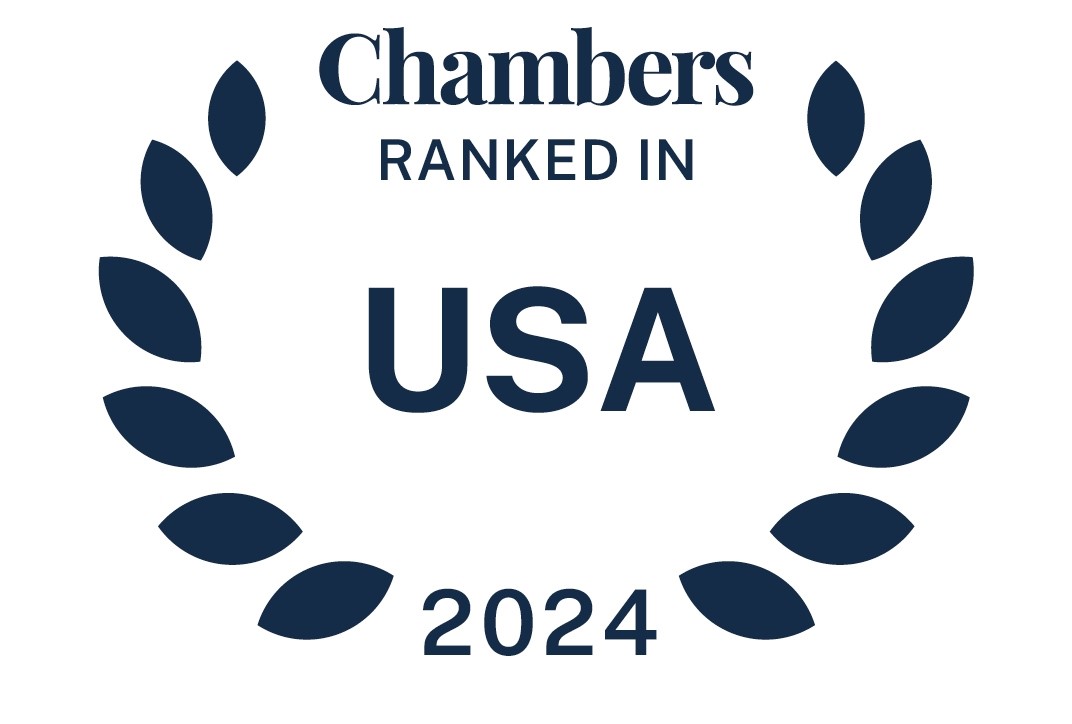New state privacy laws regulating health data impose significant obligations and heightened litigation and regulatory risks. During this webinar, Elliot Golding and Sam Siegfried discussed how these laws apply, what they require, and practical tips to implement and operationalize compliance.
read more


 Subscribe
Subscribe





